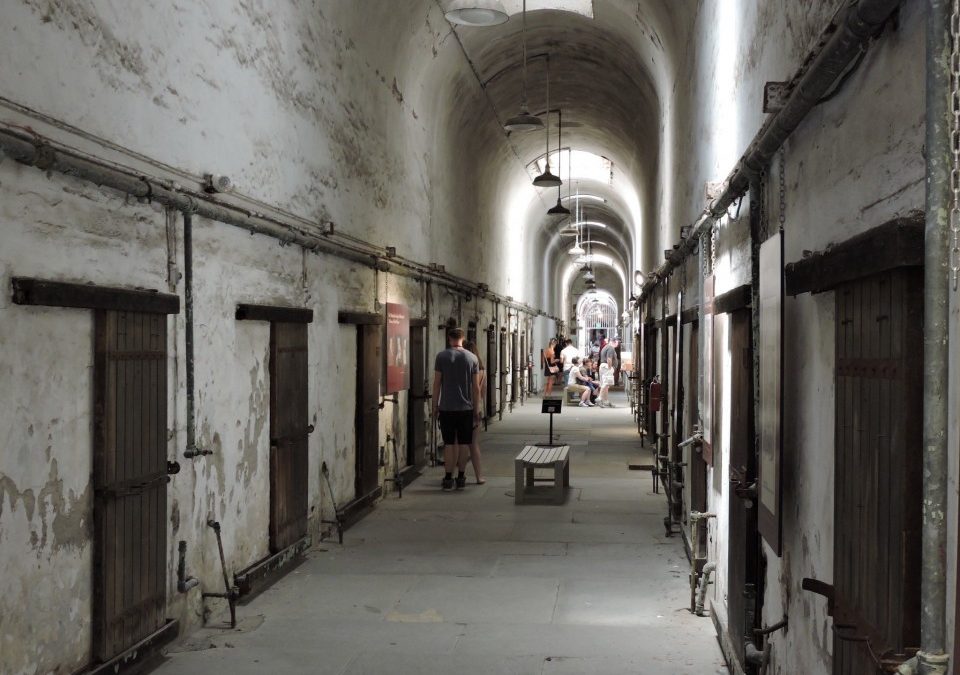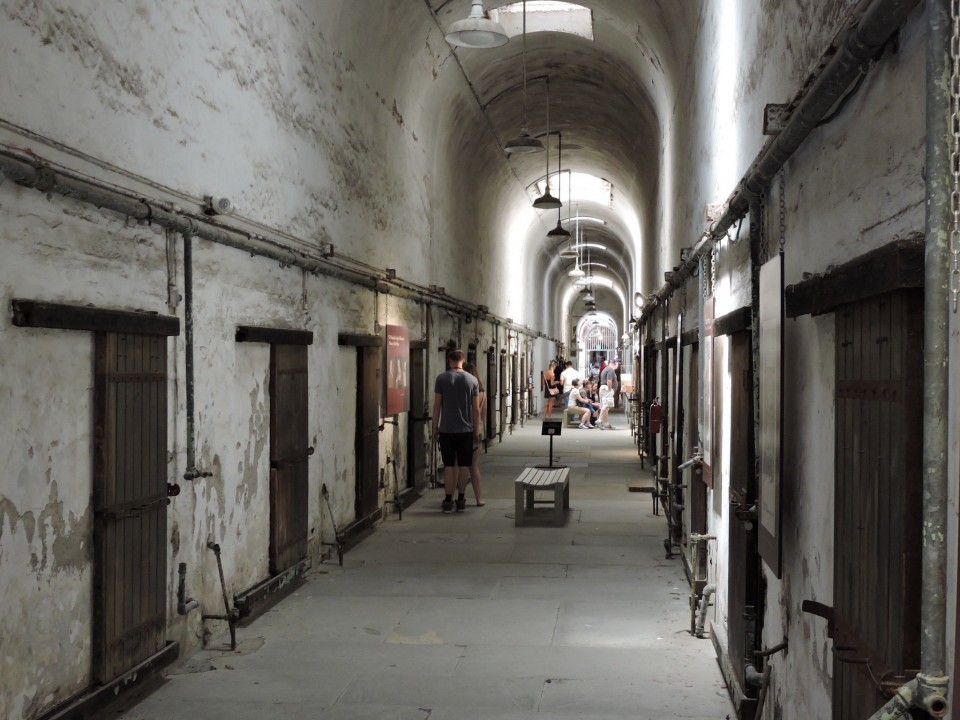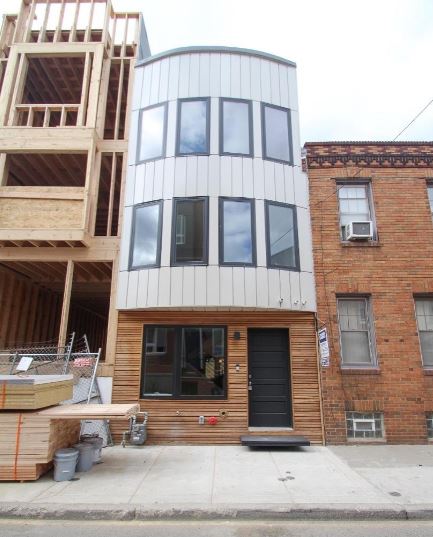Eastern State Penitentiary Debuts New Exhibit

Eastern State Penitentiary in Philadelphia was, without question, one of the country’s most influential prisons. It was the nation’s first penitentiary (the term was coined here) and was among the first prisons that aimed to reform and rehabilitate its inmates, not just punish them. Today, the Penitentiary is among Philadelphia’s most-visited tourist attractions. It recently unrolled a new exhibit, “Prisons Today: Questions in the Age of Mass Incarceration,” that questions the role that prisons play in today’s society and asks visitors to question their views on imprisonment.

A new exhibit at the Eastern State Penitentiary challenges the ideas behind modern American imprisonment.
The prison opened in 1829 thanks to the combined work of Benjamin Franklin, Benjamin Rush and a group of reformers called the Philadelphia Society for Alleviating the Miseries of Public Prisons. Their goal was a prison where the focus was not on punishment, but on penitence. Prisoners would live a lifestyle best described as monastic, not being allowed contact with other prisoners and only limited interaction with guards or prison administration. They would spend the majority of their time in solitary confinement and were not allowed visitors.
Charles Dickons visited the prison in the 1840s and wasn’t a huge fan of the format: “”In its intention I am well convinced that it is kind, humane, and meant for reformation; but I am persuaded that those who designed this system of Prison Discipline, and those benevolent gentleman who carry it into execution, do not know what it is that they are doing… I hold this slow and daily tampering with the mysteries of the brain to be immeasurably worse than any torture of the body.”
The prison eventually transitioned into more of a normal, modern-day one around the turn of the twentieth century when room for more prisoners were needed and the cells were converted into doubles and triples and a universal dining hall was added.
The prison closed in the 1970s and has offered tours since the 1990s.
According to Cleveland.com, “The exhibit asks the question: Why does the United States need to imprison so many people? And the answer: It doesn’t.” Visitors can come to their own conclusions by visiting the prison.



